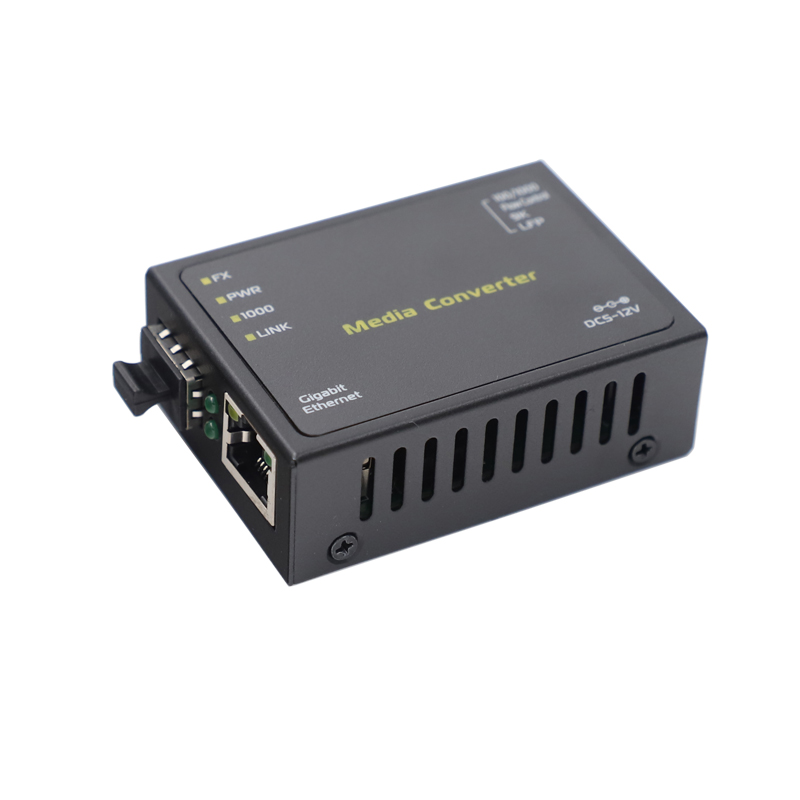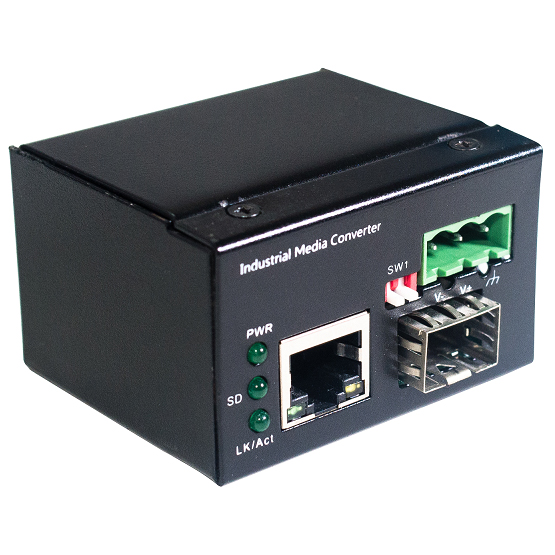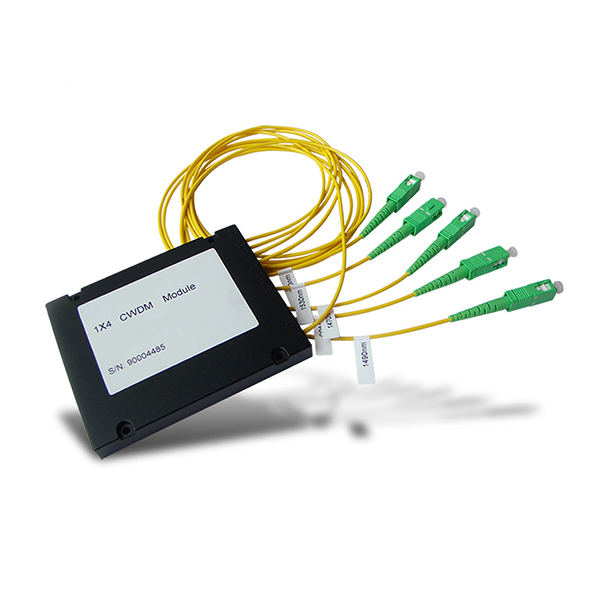Fiber optics are generally preferred in various industries due to its greater efficiency and high data transmission ability. This way, you can transfer the data without being affected by external and internal disruptions. The transmission is done either through multi-mode or single-mode fiber depending on the communication needs.
For fiber mode conversion, different modes of converters are required when the distance is a crucial aspect in optical applications. MM fiber media converter can help to create a safe environment for data transmission within optical systems or components.
Single-Mode and Multi-Mode Cables
Single-mode cables are built for carrying light straight down the fiber. It has one mode data transmission and a diameter of 8.5-10 microns while multi-mode is generally ideal for shorter distances. In comparison to multi-mode, the single-mode patch cords have a higher bandwidth but need a source of light with a narrow spectral width.
Multi-mode fibers carry high bandwidth at high speeds. Cables that run longer than 914,4 meters, multiple cable pats can lead to disruption at the receiving end, causing uncertain and partial transmission.
When Conversion is Required?
A fiber optic network doesn’t solely involve the use of a single type of fiber, but in many situations, you might need mode conversion during data transmission, especially MMF to SMF. Mode conversion between MM and SM fibers is generally needed when network distance surpasses the limitation of MM fiber.
Also, MMF and SMF conversion is needed depending on the equipment and type of connectivity in the network. For example, lower-cost legacy component utilizes MM port and connectivity is required for the SM component.
How to Convert Multi-Mode to Single-Mode?
As mode conversion in the optical network is considered universal, there are three methods for multi-mode to single-mode conversion. Let’s take a look at them:
Fiber to Fiber Media Converter
Fiber to fiber media converter could be an effective solution to enhance a MM network over to SM fibers with distances of up to 140 km.
WDM Transporter
WDM transporter typically used in WDM systems, especially in DWDM systems because in the long runs of transmission, MMF to SMF or SMF to MMF conversions are required.
Mode Conditioning Fiber Patch Cord
Mode conditioning patch cable introduces the laser at a precise offset from the middle of MM fiber. This results in spreading laser across a diameter of the fiber core, mitigating the impact known as differential mode delay (DMD) which happens when the laser joins onto a small number of modes in MM fiber.
A fiber media converter is an efficient networking component that can help to connect and transmit signals between fiber optic cabling and other sorts of cabling media like copper Ethernet cables and UTP (unshielded twisted pair).
It can help to extend the life of network equipment and wiring plants. You need fiber optic connectivity when the distance between two network equipment surpasses the transmission distance of copper cabling.
Post time: Jul-10-2020








